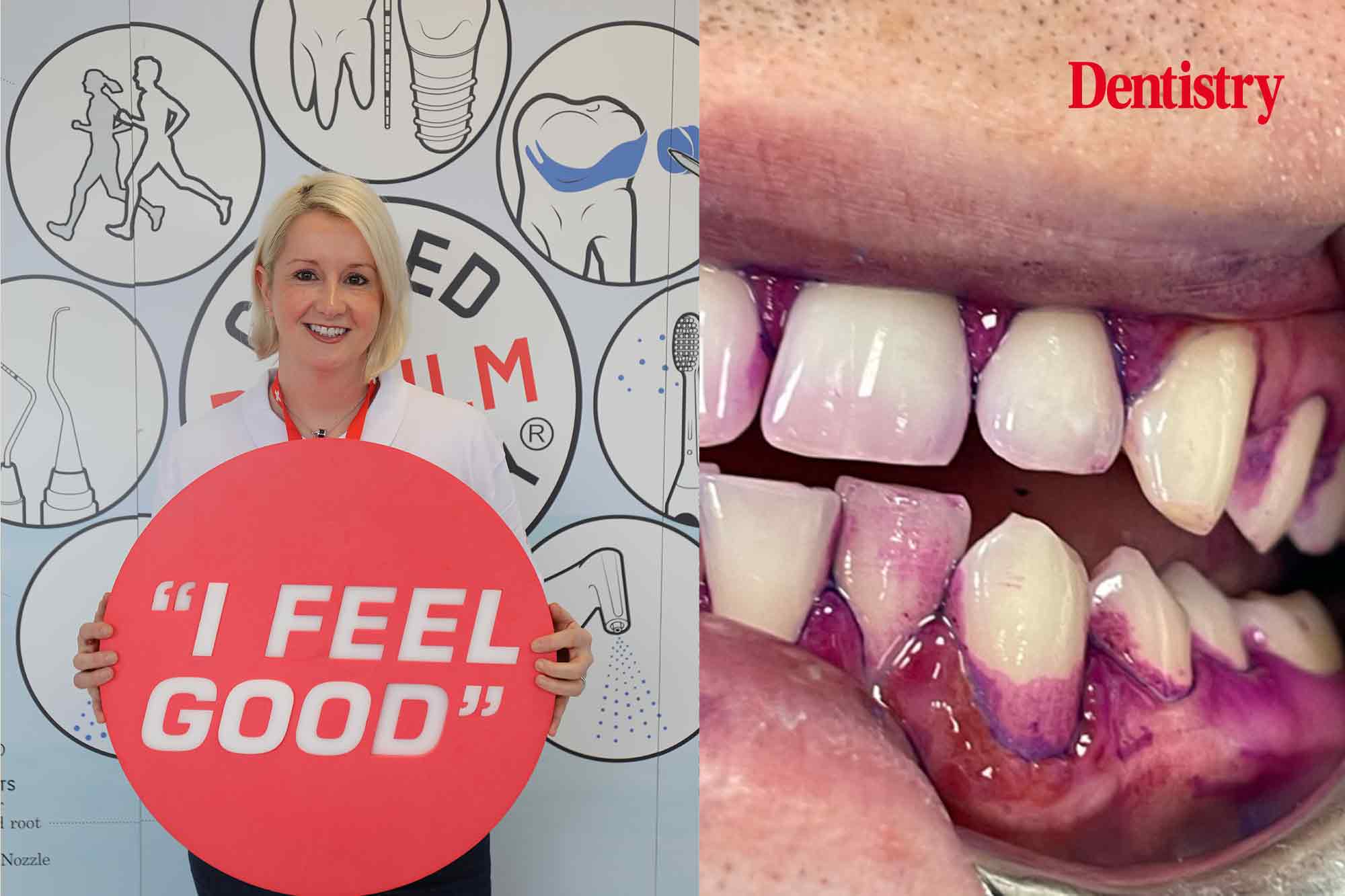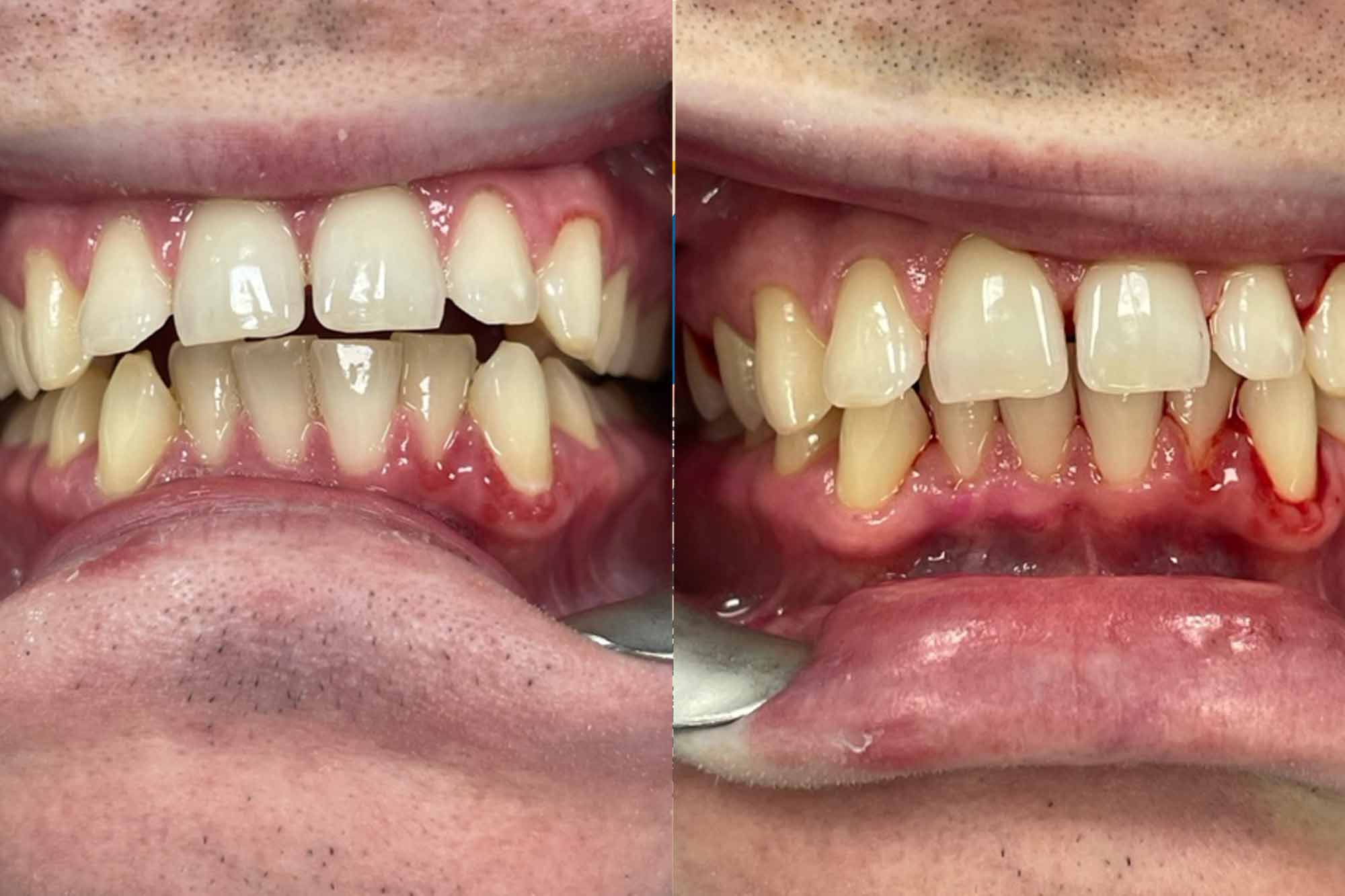
Newly-appointed Swiss Dental Academy trainer, Louise Warden, shares what she hopes the future will offer for fellow dental hygienists and dental therapists.
Can you please share a little about your professional background?
I started in dentistry as a Dental Nurse at 16 years old. After working for seven years as a dental nurse, I went on to study dental hygiene at Glasgow Dental School. I qualified in 2004 as a Dental Hygienist.
I have worked in various practices since qualifying, including general practice and orthodontics.
Since 2008, I have worked in a large referral practice in Glasgow, which mainly specialises in implants and complex periodontal cases. In 2015, I qualified as an aesthetic practitioner and enjoy carrying out these treatments for my patients.
I am also an ITI (International Team for Implantology) ambassador and study club director. In 2020, I was invited by the ITI to be part of the first group of hygienists and therapists to form a group to reach out and educate colleagues in the UK and Ireland.
To date, we have held online study clubs and face to face events, and I really enjoy teaching and running courses for fellow hygienists and therapists interested in dental implants.
I was very honoured to be part of this innovation and my hope is we continue to grow the group and help other hygienists and therapists in dental implants.
Most recently, I was appointed a Swiss Dental Academy (SDA) trainer, specialising in guided biofilm therapy (GBT).
What are your thoughts on GBT as a practising dental hygienist?
I love GBT! I will be honest that it took me some time to switch over to GBT but once I did, I could see how good it was for my patients and for me as a clinician.
As I work a lot with dental implants, I see the benefits in treating implant patients with GBT and have been getting great results. I think the warm water, which makes it a very comfortable process, is a game changer for most patients.
How and why did you get involved with the SDA?
I have been involved in teaching dental hygienists and therapists for over 10 years and I wanted to get more involved in this area as it’s something I really enjoy.
One of the SDA trainers, Jolene [Pinder] is a colleague and friend, and I knew her passion for GBT and have learned a lot from her.
Through Jolene and seeing an advert on social media inviting applications to become an SDA trainer, I decided to apply as I was very keen to become involved in something I already felt passionately about.
What do you hope to achieve with the SDA?
I want to expand my knowledge, not to only improve my own clinical skills but to then be able to share it with others.
Dental hygiene can feel like a lonely profession but when we come together and share our knowledge and skills, we can all benefit and feel like we are alone no longer.
So, as an SDA trainer, I want to share my passion and experience and help others.
Why do you think postgraduate education is so important when it comes to dental hygiene and dental therapy success?
Postgraduate education is so important as things change all the time, which is great as we want progress in our field.
As a practitioner, we want to stay up to date with any changes and keep our skills at a high level. I also think postgrad education is great for networking and meeting other colleagues who can help us grow and learn.
For patients, they want to see that we are keeping up to date. It builds their confidence in us and what we do. I often share with patients if I have been on a course and what was learned, and I can tell patients like to hear about it all.
In overview, what has 2022 been like for you professionally and why?
Louise: In a word – busy! I don’t know where 2022 has gone. But it has been a good year professionally. The highlight was becoming an SDA trainer and especially getting to attend training in Nyon, Switzerland, and meeting the other UK trainers; that was fantastic.
I have also been busy in clinic and with the ITI in planning for 2023.
With so much on your plate, how do you achieve a work-life balance?
There’s no denying that work-life balance is hard. Sometimes I feel I get it right, sometimes I don’t. I have two sons, who are nine and 11 years old, so this keeps me busy at home.
But, thankfully, I have a very supportive husband who helps me to balance work and home life.
One of the biggest things for me is sleep. Anyone who knows me can tell you I talk a lot about sleep! And so, to maintain my equilibrium, I try to always get enough sleep. Then I can get up early, before the kids are up, and get any admin done that I need to or have a cup of tea and read.
I have learned to batch jobs and make to-do lists so that I can deal with tasks when I have time, and this has helped me a lot so that there is free time to spend with my family.
What’s your hope for the next few years in terms of dental hygiene and dental therapy care?
My hope for the next few years is that dental hygienists and dental therapists are viewed as more than the person who cleans teeth. I am very interested in how our oral health affects our general health and vice versa.
So I hope that there continues to be more information about this that we can share with our patients and move dentistry forward, not just looking at oral health but also our patients’ general health.
When patients see us as improving their oral and general health, I will be happy.
What advice would you offer to other dental hygienists and dental therapists who aren’t sure if they want to take the GBT plunge?
My advice would be to go for it. I was unsure whether to take the plunge as, honestly, in a lot of ways I was happy with how I worked and got good results.
But now that I know how much better I feel with GBT. I wish I had done it sooner. If you are unsure, go on a GBT course or talk to someone who uses it. You won’t regret it.
GBT in practice: a case study
This patient attended many appointments with me and always struggled with their oral health (OH).
Over the last few visits, we have managed to improve the overall OH with GBT. However, in a couple of areas especially – the 33, 32 labial area – there was a lot of biofilm and redness present (see Figure 1). The patient was also missing the 21, 22 labial surface during their home care.
With GBT itself, I was able to remove all the biofilm and work on the inflamed areas in a pain-free manner. I was also able to target the specific areas that needed more treatment, confident I was removing all the pathogens.
Plus, with the disclosing step of the GBT protocol, I was able to motivate the patient, and they have really improved their home care. The patient could see the biofilm for themselves, as well as how red the gingivae was compared to the rest of their mouth.
At the last visit, their plaque and bleeding scores were much reduced.
I will review the patient in a few months to see how they have improved these specific areas.


Please visit www.ems-dental.com for further information about GBT and SDA education opportunities.


